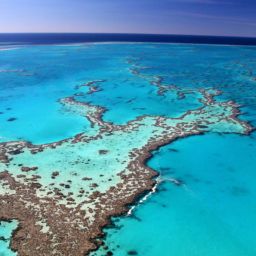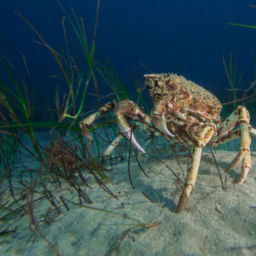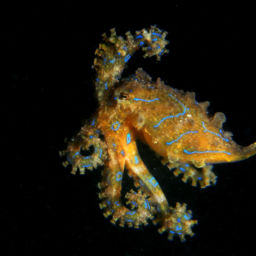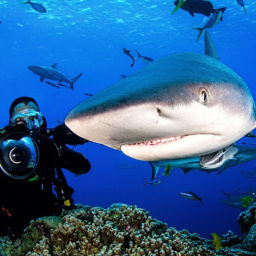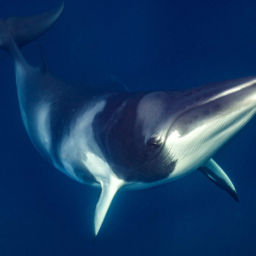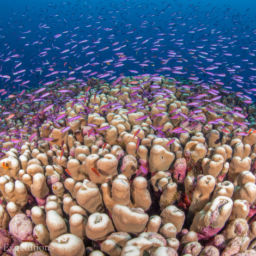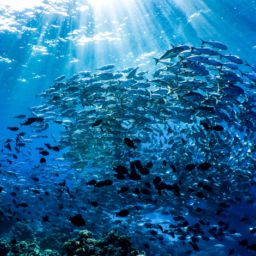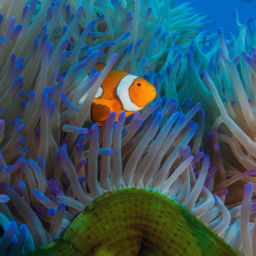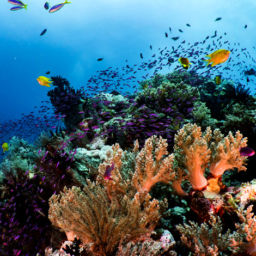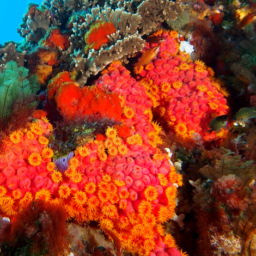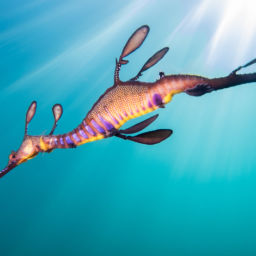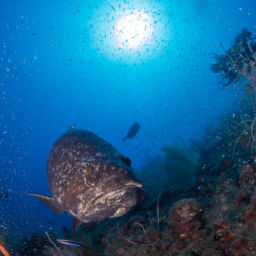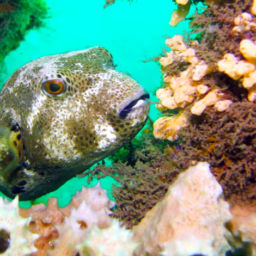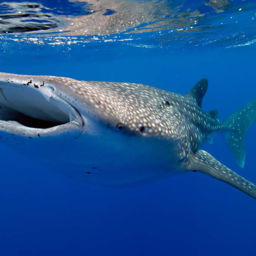By Dr. Klaus M. Stiefel
Sixty millennia ago, the first ancestors of today’s Australian aboriginals marched across the land bridge, which then existed between Papua New Guinea and Australia. Unknown centuries later they reached what is now called Botany Bay, just south of Sydney, and in 1770, Captain James Cook was the first Englishman to step on these shores. Now, in 2014, scores of scuba divers flock in the other direction, from the shores of Botany Bay into the ocean. Many times I have been one of them, since The Monument, The Steps and The Leap, all in the Botany Bay National Park in Kurnell, are some of the best dive sites in the greater Sydney area.
What is there to see? The shallow parts are covered in a dense kelp meadow, followed by rocky boulders, which become more and more covered in sponges, soft and hard corals and tunicates the deeper one dives. At about 49 feet (15 meters), the invertebrate-covered boulders transition into kelp again, and then into sand. The further out into the bay one explores, the deeper the sandy bottom becomes. The deep part of the kelp is also where we can find weedy seadragons, unique Australian seahorse relatives evolved to look like kelp. There are a few resident dragons living over there, one with a missing tail, and another one with one flap on the head bitten off by some hungry fish. Even though these seadragons are about a foot long, they are surprisingly hard to see, so swim slowly once you arrive at the kelp.
In the invertebrate overgrowth there are also plenty of small wrasses, banded seaperch, an occasional triplefin, and, especially in the summer months, many nudibranchs. Once in a while, a grey nurse shark will swim by, and in the winter, Port Jackson sharks (small horn sharks) can be observed. To complete the shark ensemble, wobbegong sharks rest in the crevices in Kurnell. A real treat are the misnamed eastern blue gropers (which are not gropers, but wrasses), which swim up to divers within the expectation of being fed crushed sea urchins (which the environmentally responsible diver refuses). These curious fish will sometimes trail you and your dive buddy for half the dive.
Make sure you dive here during an incoming tide, since the clear water from the open ocean provides better viz. And be careful with some of the shore entries over sometimes-slippery rocks. There is a good amount of recreational boating going on as well, so always pay attention when surfacing away from the coastline. But don’t let these minor hassles scare you, and enjoy the diving in Kurnell when you have the chance.


